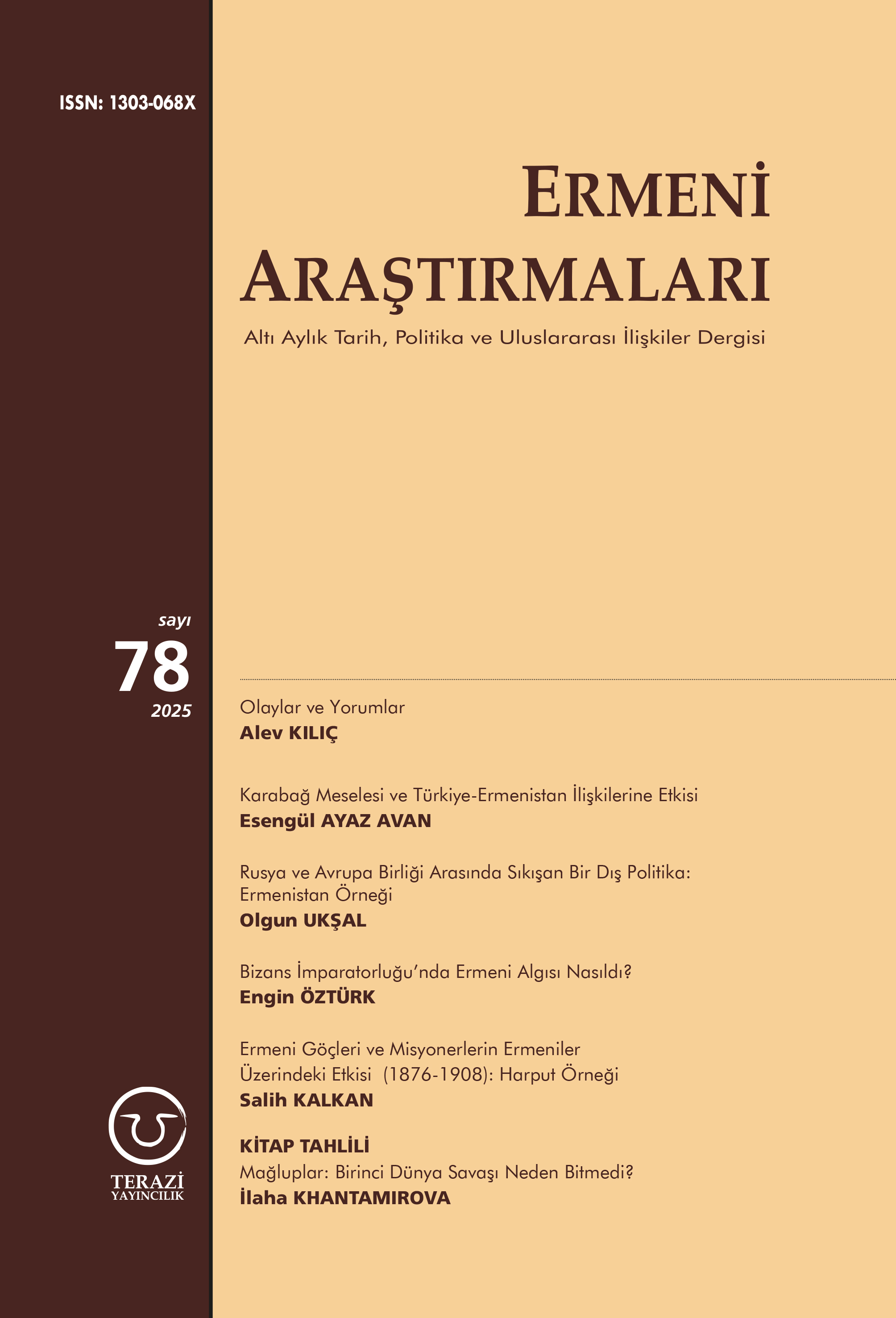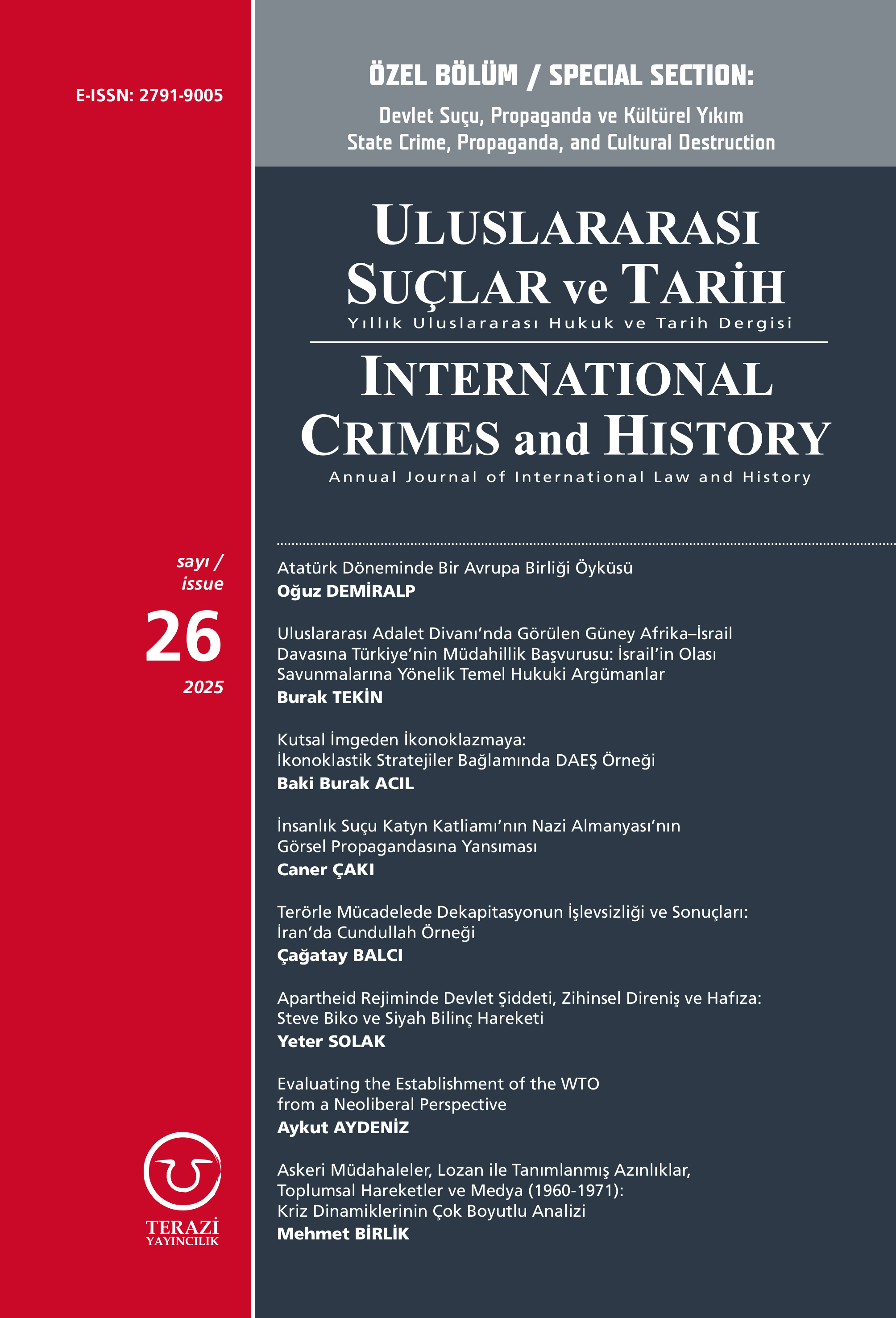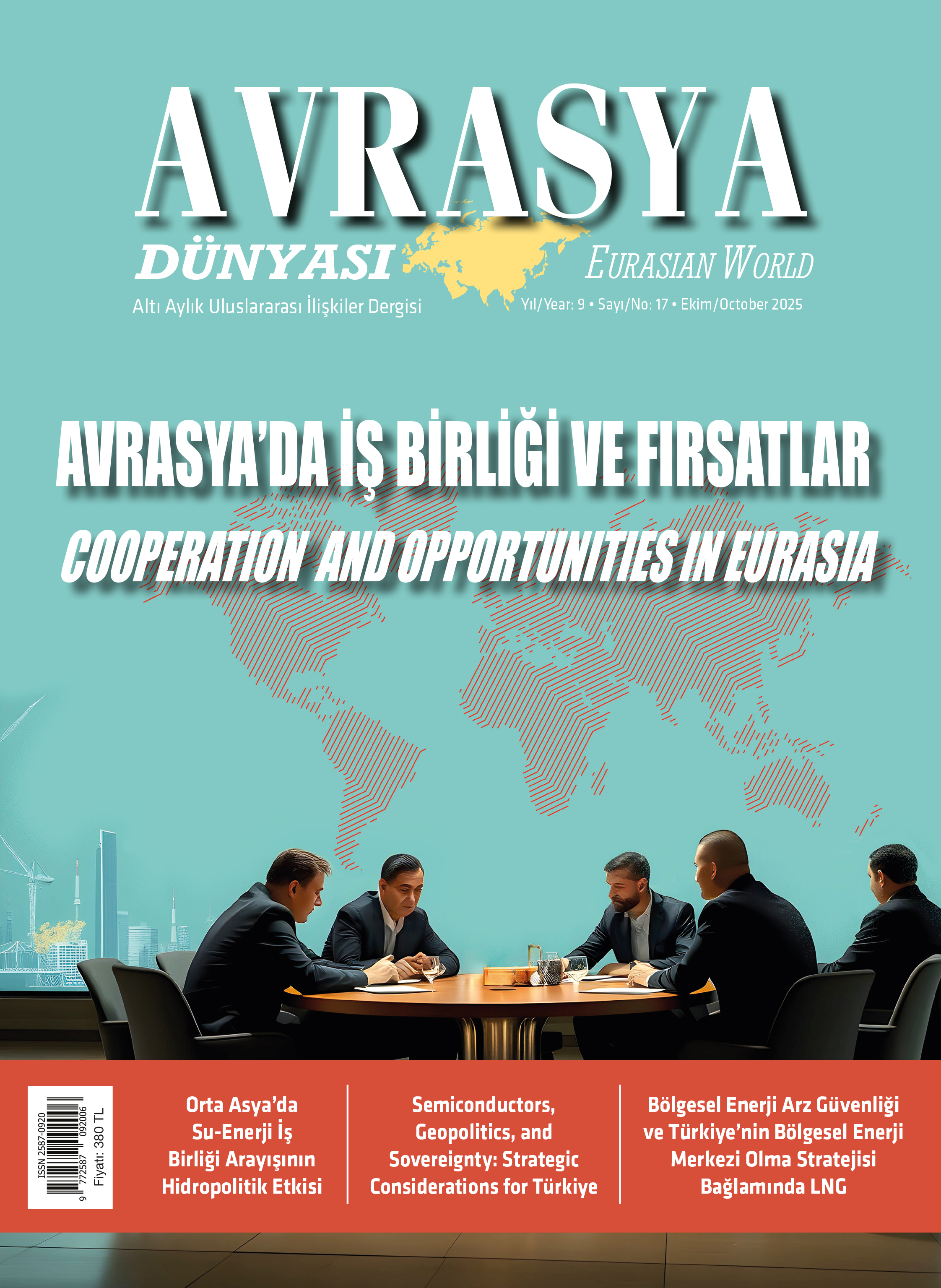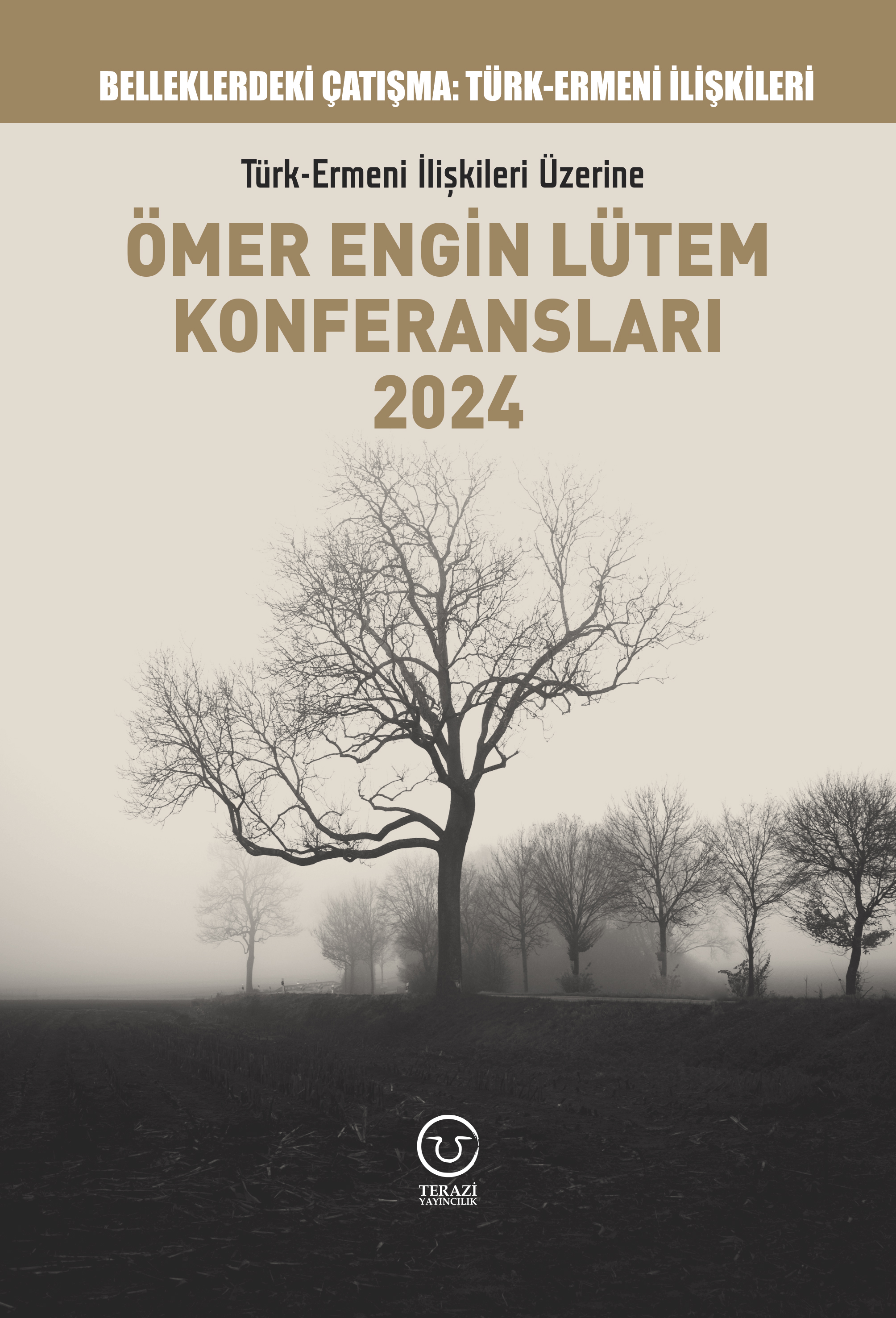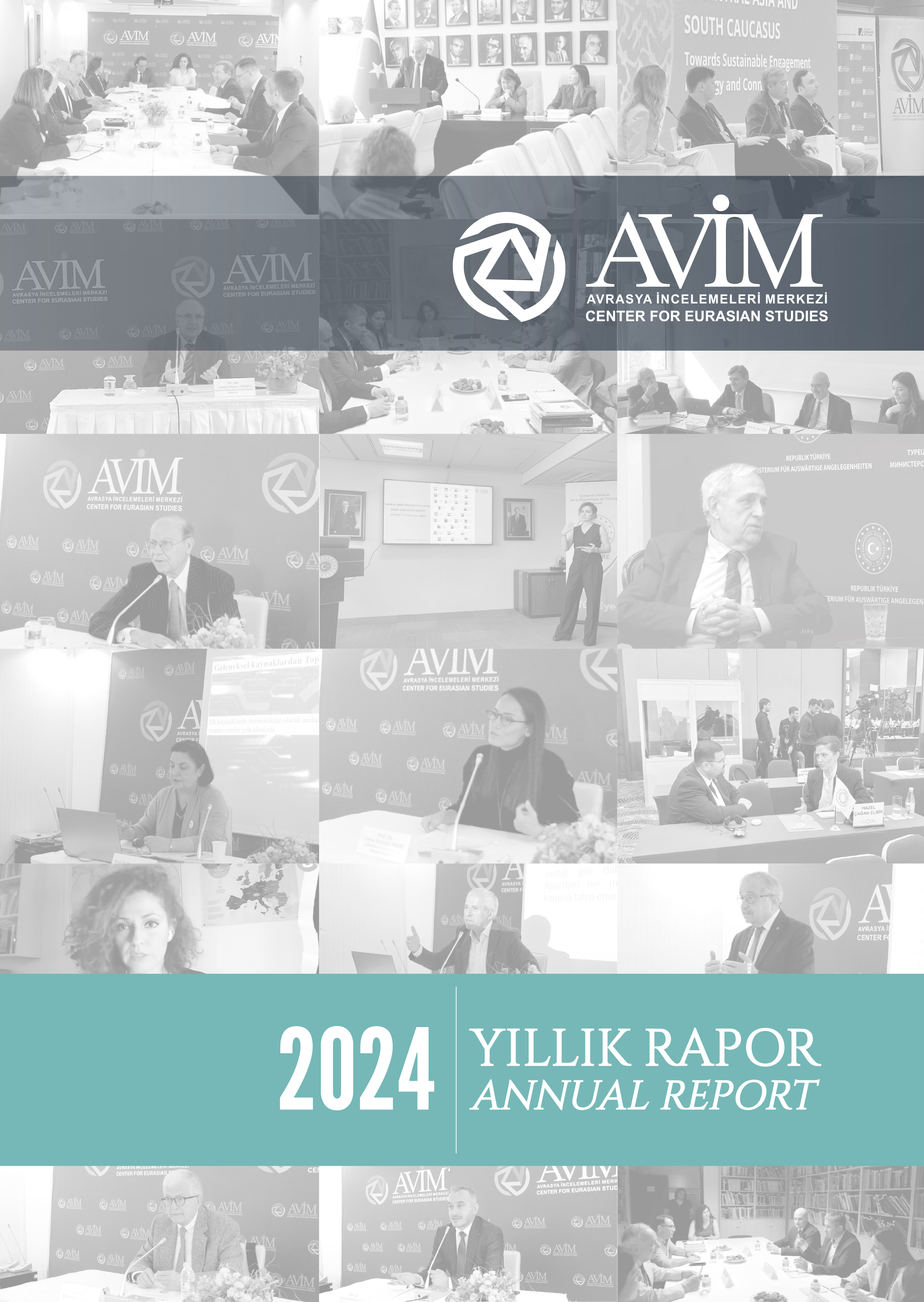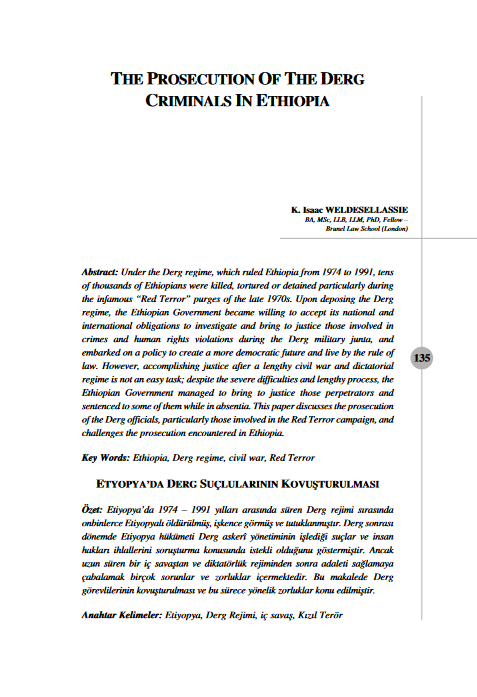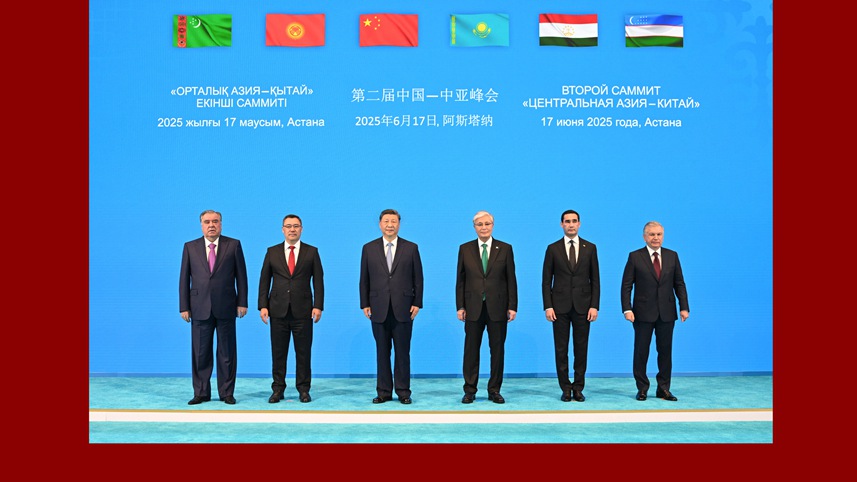
This is the English translation of a Turkish language article that was originally published by AVİM on 27 June 2025.
The second China-Central Asia Leaders’ Summit was held on 17 June in Astana, the capital of Kazakhstan, with the participation of the President of China and the leaders of the five Central Asian countries. The first China-Central Asia Leaders’ Summit was held in China in 2023. China had previously maintained its relations with the five Central Asian countries either through direct bilateral relations or via the Shanghai Cooperation Organization. However, in 2020, direct talks began between China and all five Central Asian countries under the cooperation model referred to as “C5+C”. These meetings started at the level of Foreign Ministers in 2020 and have been held regularly since then, with the sixth China-Central Asia Foreign Ministers’ Summit having been held in April 2025. At the summit, Chinese Foreign Minister Wang stated that US President Trump’s trade policies had harmed the free trade system with protective trade policies and put forward five proposals from China: “Commitment to upholding good faith and fostering harmony”, “commitment to mutually beneficial cooperation”, “advancing institutional development”, “adherence to justice and fairness”, and “commitment to friendship for generations.”[1]
The mechanism initiated by China in 2020 to engage collectively with five Central Asian countries can be seen as reflection of an earlier initiative launched by the US during the President Obama era in 2015. In 2015, the US held a meeting with the foreign ministers of five Central Asian countries in the United Nations General Assembly, an initiative that afterwards came to be known as “C5+1”. In 2022, Indian Prime Minister Modi also held a summit with the leaders of the five Central Asian countries. In 2023, the first China-Central Asia Leaders’ Summit was held, marking a significant elevation of the dialogue to the leaders’ level. In the same year, the then US President Biden held a leaders-level meeting with the Central Asian presidents during the UN General Assembly. Meanwhile, in 2025, the European Union organized its first EU–Central Asia Summit in Samarkand with the leaders of five Central Asian countries. These developments show that the growing interest of major international actors like the US, China, India, and the European Union in adopting a comprehensive and strategic approach toward Central Asia. At the same time, they underscore the region’s increasing geopolitical and geoeconomic significance in international politics.[2]
The first China-Central Asia Leaders' Summit was held in 2023 in Xi’an, China. China presented numerous symbolic elements during the summit because Xi’an, the starting point of the ancient Silk Road, was the capital of China during the Han Dynasty. The Xi’an Declaration was published at the summit's conclusion. In 2024, the Secretariat of China and Central Asian countries was established. An attempt was thus made to institutionalize this initiative, which until that point had served as an exemplary case of summit diplomacy.
The second China-Central Asia Leaders' Summit took place during a period when the US was implementing protectionist trade policies and had halted USAID aid, tensions between Israel and Iran were escalating, and the Gaza War and the Russia-Ukraine War were ongoing. In this context, the summit emphasized the importance of international security and free trade. Furthermore, just like the first summit, the China-Central Asia Astana Leaders' Summit was held on the same time as the G7 Leaders' Summit.
Chinese President Xi delivered an opening speech titled “Championing the China-Central Asia Spirit for High-Quality Cooperation in the Region” at the China-Central Asia Astana Summit. In his speech, he proposed the “China-Central Asia Spirit,” which he defined as “mutual respect, mutual trust, mutual benefit, and mutual assistance for the joint pursuit of modernization through high-quality development.” President Xi emphasized the importance of Central Asia for China with his “China consistently takes Central Asia as a priority in its neighborhood diplomacy” statement. In recent years, partly due to the impact of the Russia-Ukrainian War, China has deepened trade with Central Asian countries, becoming the largest trading partner of the region. It has been suggested that the sanctions against Russia have played a role in this rise.[3] According to 2024 data, China’s trade volume with Central Asian countries has risen to $94.8 billion, while China’s total investment in the region exceeded $30 billion.[4] China is advancing its relations with regional countries in line with the Belt and Road Initiative (BRI). The "Silk Road Economic Belt", which refers to the BRI's land economic corridors and routes, was first announced by Chinese President Xi in Kazakhstan. In this context, transportation, infrastructure, and energy investments make up the agenda of China's relations with Central Asia countries.
During the Astana Leaders’ Summit, Chinese President Xi pledged 1.5 billion yuan (approximately 210 million dollars) in financial assistance to the Central Asian countries.[5] The most important infrastructure and economic initiatives were handled during the summit. These included the China-Kyrgyzstan-Uzbekistan railway project, the third rail connection between China and Kazakhstan, the China-Tajikistan highway, China-Turkmenistan energy cooperation, the Trans-Caspian International Transport Route, and green and digital investments. Originally proposed in the 1990s, the China-Kyrgyzstan-Uzbekistan railway was launched two years ago and has gained importance following the outbreak of the Russia-Ukraine war. Additionally, one day prior to the summit, a meeting between the Chinese and Kazakhstani leaders was concluded with the signing of 24 cooperation agreements. In addition to its economic, transportation, digital, and green investments in Central Asia, China conducts prominent collaboration in the field of law enforcement. During his speech at the summit, President Xi expressed China’s interest in deepening cooperation with the law enforcement agencies of Central Asian countries. Security was a prominent subject in the summit agenda due to ongoing global conflicts and issues. The discussions regarding China’s and the Central Asian countries’ regional security issues emphasized joint efforts to combat the "three evils" (terrorism, separatism, and extremism), as well as enhancing cooperation against cross-border crime. Along with security, transportation, and economic issues, China stated its aspiration to further develop its cooperation in cultural fields, primarily in media and education. Within this scope, President Xi announced that China will provide vocational training for 3000 Central Asian citizens and expressed willingness to establish more cultural centers, university branches, and Luban Workshops (vocational training platforms).[6] The matters highlighted by President Xi during the summit reflect China’s strategic priorities in Central Asia, particularly in the domains of economy, trade, transportation, security, and culture.
At the Astana Leaders’ Summit, three cooperation centers aiming towards “poverty reduction”, “change in education”, and “desertification control”, as well as a cooperation platform aiming towards smooth trade were established.[7] At the end of the summit, the “Agreement on Eternal Good Neighborliness, Friendship, and Cooperation” was signed and the “Astana Declaration” was issued. In addition, various cooperation documents were signed between China and Central Asian countries, which included the “Memorandum of Understanding on Strengthening Investment Cooperation in Green Minerals”, “Memorandum of Understanding on Deepening Cooperation on the China-Central Asia-Europe High-Speed Railway Project”, “Action Plan for High-Quality Implementation of the One Belt, One Road Initiative”, “2025-2026 Joint Cultural and Humanitarian Activities Program”, and “Customs Cooperation between Central Asian countries and China”.[8] Lastly, the parties to the summit agreed upon holding the third China-Central Asia Summit in China in 2027.
As a result, the Beijing administration, which had previously maintained relations with Central Asian countries through the Shanghai Cooperation Organization (SCO) or through bilateral format, began pursuing relations at the Foreign Ministers' level since 2020 and at the leaders' level through summits every two years starting in 2023. Therefore, China is pursuing a cooperation process centered on BRI investments with a holistic approach to the five Central Asian countries. This is also linked to the recent efforts of actors such as the US and the EU to develop relations with the region. Influenced by ongoing international conflicts and challenges, the second Central Asian Leaders' Summit emphasized the importance of international security, free trade, multilateralism. At the summit, Chinese President Xi addressed matters such as transportation, energy, trade, green and digital investments, cultural cooperation, the influence of Central Asian countries’ law enforcement agencies. The focus on such matters showcases the extent of China’s relations with Central Asian countries, its aspiration to strengthen alternative transportation corridors, and to maintain the BRI within this framework through high-quality investments, and thus China's policy objectives targeting the region.
*Photograph: Xinhua
[1] "6th China-Central Asia Foreign Ministers' Meeting Held in Almaty", Xinhua, 27 April 2025, https://www.chinadaily.com.cn/a/202504/27/WS680d81baa3104d9fd3821c80.html
[2] "China’s Xi Jinping Meets Central Asian Leaders: Why Their Summit Matters", Al Jazeera, 17 June 2025, https://www.aljazeera.com/news/2025/6/16/chinas-xi-jinping-meets-central-asian-leaders-why-their-summit-matters
[3] "China’s Xi Jinping Meets Central Asian Leaders: Why Their Summit Matters", Al Jazeera, 17 June 2025, https://www.aljazeera.com/news/2025/6/16/chinas-xi-jinping-meets-central-asian-leaders-why-their-summit-matters
[4] "China, Central Asian Countries Sign Landmark Treaty, Vow to Boost Cooperation", CGTN, 18 June 2025, https://news.cgtn.com/news/2025-06-18/China-Central-Asia-sign-landmark-treaty-vow-to-boost-cooperation-1Ei1tgKFlXa/p.html
[5] "Full Text of Xi's Keynote Speech at Second China-Central Asia Summit", Xinhua, 18 June 2025, https://english.news.cn/20250618/8d15248700c5498f817102af488d2666/c.html
[6] "Xi Urges China, Central Asian Countries to Promote High-Quality Belt and Road Cooperation", Xinhua, 18 June 2025, https://english.news.cn/20250618/09f2f03da6d74a9d9da9f0bcc11e3ad0/c.html
[7] "Key Takeaways from 2nd China-Central Asia Summit in Astana", Xinhua, 18 June 2025, https://english.news.cn/20250618/1569680311d94cbf96db8722c5538747/c.html
[8] "Central Asia and China Sign Astana Declaration, Agree on “Eternal Friendship”, Alibek Beyjanov, Qalampir, 17 June 2025, https://qalampir.uz/en/news/markaziy-osiye-va-khitoy-abadiy-dustlik-tugrisida-kelishuvga-erishdi-120393
© 2009-2025 Center for Eurasian Studies (AVİM) All Rights Reserved
No comments yet.
-
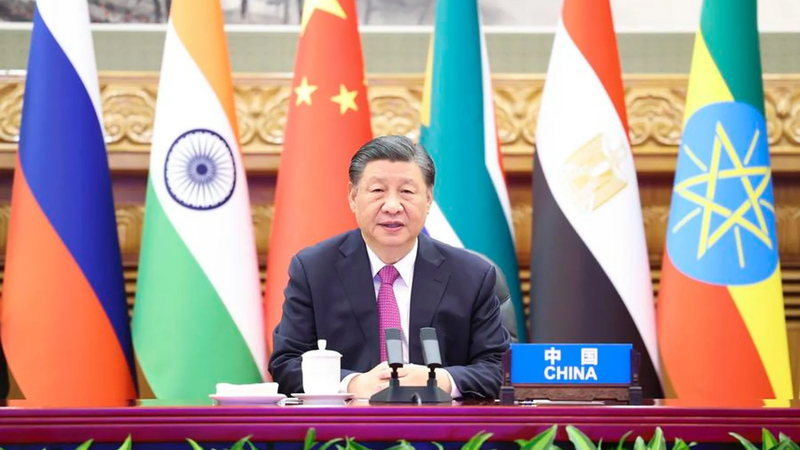 THE 16TH BRICS SUMMIT REGARDING CHINA AND THE GLOBAL SOUTH
THE 16TH BRICS SUMMIT REGARDING CHINA AND THE GLOBAL SOUTH
Seyda Nur OSMANLI 26.12.2024 -
 TURKIYE-CHINA RELATIONS: OPPORTUNITIES AND CHALLENGES
TURKIYE-CHINA RELATIONS: OPPORTUNITIES AND CHALLENGES
Seyda Nur OSMANLI 22.11.2024 -
 CHINA’S TAIWAN POLICY AND APPROACH TO THE CYPRUS QUESTION
CHINA’S TAIWAN POLICY AND APPROACH TO THE CYPRUS QUESTION
Seyda Nur OSMANLI 11.04.2025 -
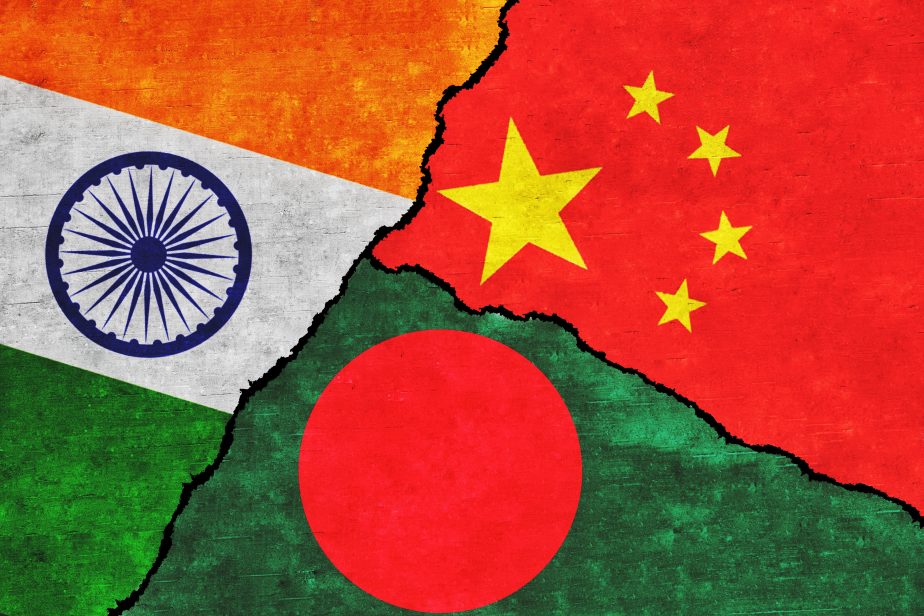 BANGLADESH: CHANGING INTERNATIONAL BALANCES IN SOUTH ASIA
BANGLADESH: CHANGING INTERNATIONAL BALANCES IN SOUTH ASIA
Seyda Nur OSMANLI 07.03.2025 -
 CHINA’S INCREASING INVOLVEMENT IN CENTRAL ASIA: THE SECOND CHINA-CENTRAL ASIA SUMMIT
CHINA’S INCREASING INVOLVEMENT IN CENTRAL ASIA: THE SECOND CHINA-CENTRAL ASIA SUMMIT
Seyda Nur OSMANLI 18.08.2025
-
 THE RISE OF NATIONALISM IN EUROPE AND SOCIAL DEMOCRATS’ STRUGGLE FOR SURVIVAL
THE RISE OF NATIONALISM IN EUROPE AND SOCIAL DEMOCRATS’ STRUGGLE FOR SURVIVAL
Hazel ÇAĞAN ELBİR 08.02.2017 -
D.L. PHILLIPS’S DIPLOMATIC HISTORY OF THE TURKEY-ARMENIA PROTOCOLS (FULL TEXT)
Ömer Engin LÜTEM 02.04.2012 -
 GERMANY’S FAR-RIGHT TERRORISM AND THE TIMID NSU CASE VERDICT
GERMANY’S FAR-RIGHT TERRORISM AND THE TIMID NSU CASE VERDICT
Teoman Ertuğrul TULUN 25.09.2020 -
 THE EUROPEAN COURT OF HUMAN RIGHTS’ APPROACH TO NEGATIONISM AND REVISIONISM AND SOME DEDUCTIONS ON PERINÇEK V. SWITZERLAND CASE
THE EUROPEAN COURT OF HUMAN RIGHTS’ APPROACH TO NEGATIONISM AND REVISIONISM AND SOME DEDUCTIONS ON PERINÇEK V. SWITZERLAND CASE
Turgut Kerem TUNCEL 16.11.2015 -
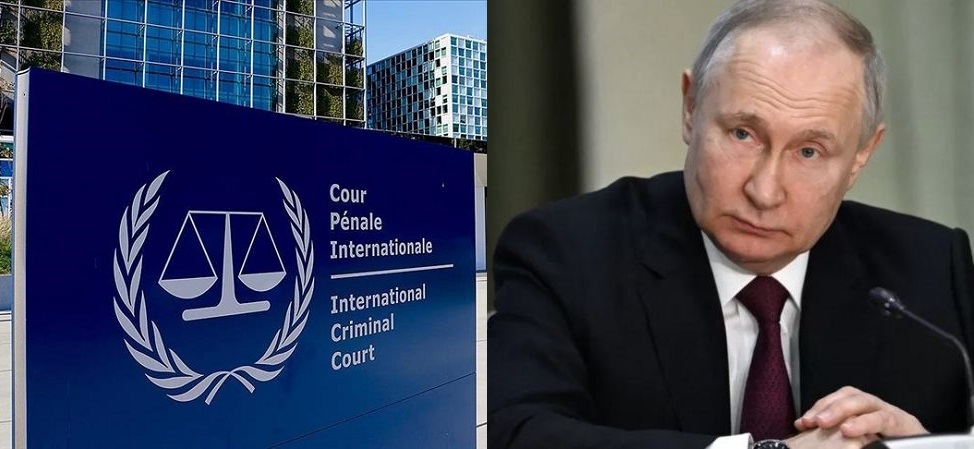 ATTEMPTS TO PUT PUTIN ON TRIAL: BUT WHAT ABOUT THOSE GUILTY IN THE WEST?
ATTEMPTS TO PUT PUTIN ON TRIAL: BUT WHAT ABOUT THOSE GUILTY IN THE WEST?
Onur URAZ 03.05.2023
-
25.01.2016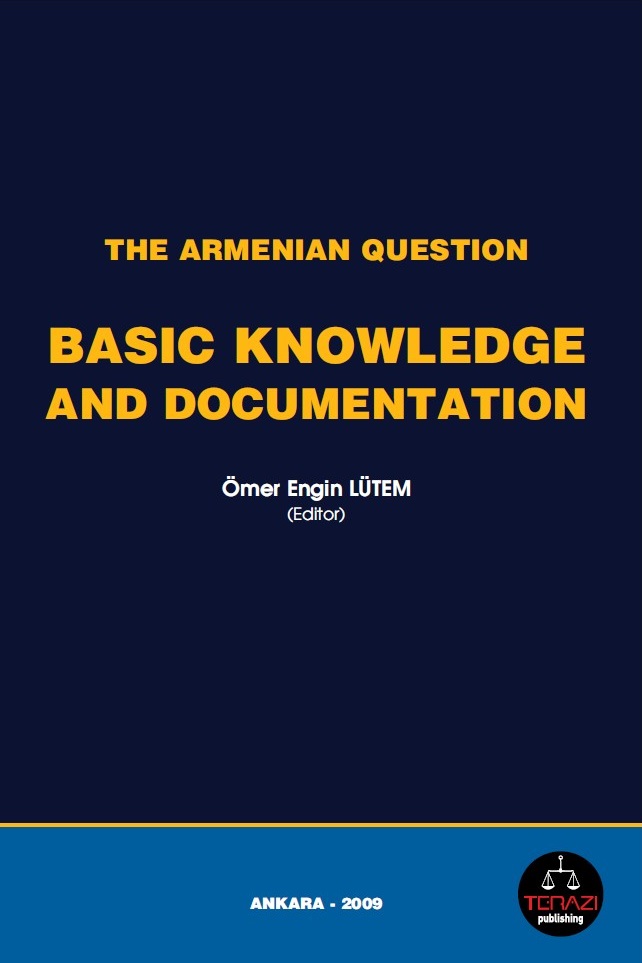
THE ARMENIAN QUESTION - BASIC KNOWLEDGE AND DOCUMENTATION -
12.06.2024
THE TRUTH WILL OUT -
27.03.2023
RADİKAL ERMENİ UNSURLARCA GERÇEKLEŞTİRİLEN MEZALİMLER VE VANDALİZM -
17.03.2023
PATRIOTISM PERVERTED -
23.02.2023
MEN ARE LIKE THAT -
03.02.2023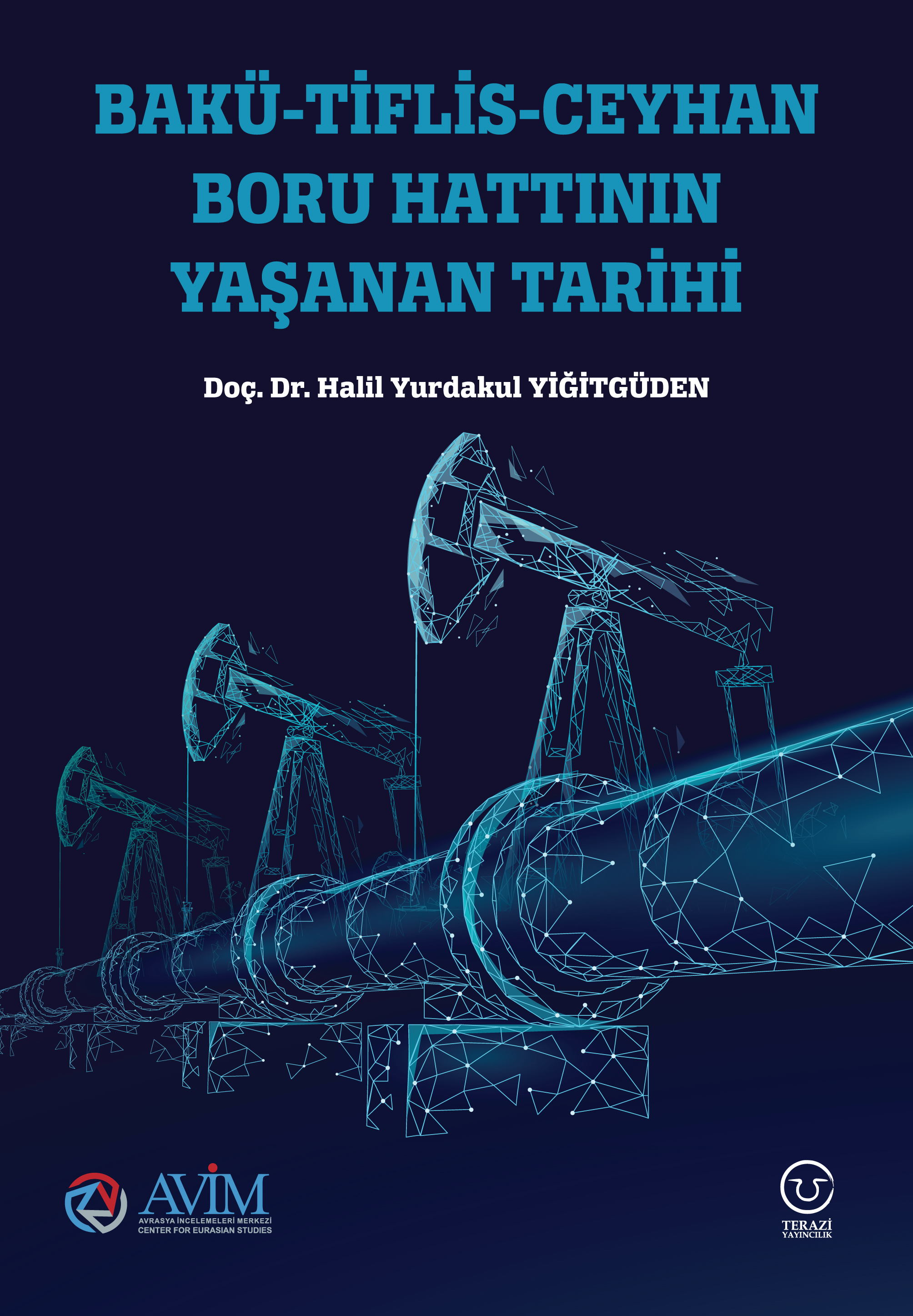
BAKÜ-TİFLİS-CEYHAN BORU HATTININ YAŞANAN TARİHİ -
16.12.2022
INTERNATIONAL SCHOLARS ON THE EVENTS OF 1915 -
07.12.2022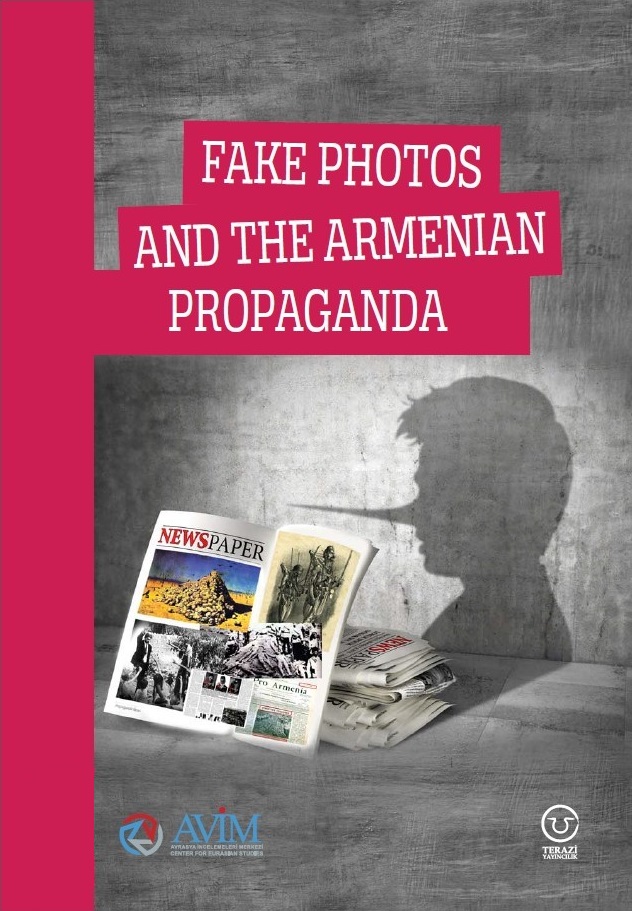
FAKE PHOTOS AND THE ARMENIAN PROPAGANDA -
07.12.2022
ERMENİ PROPAGANDASI VE SAHTE RESİMLER -
01.01.2022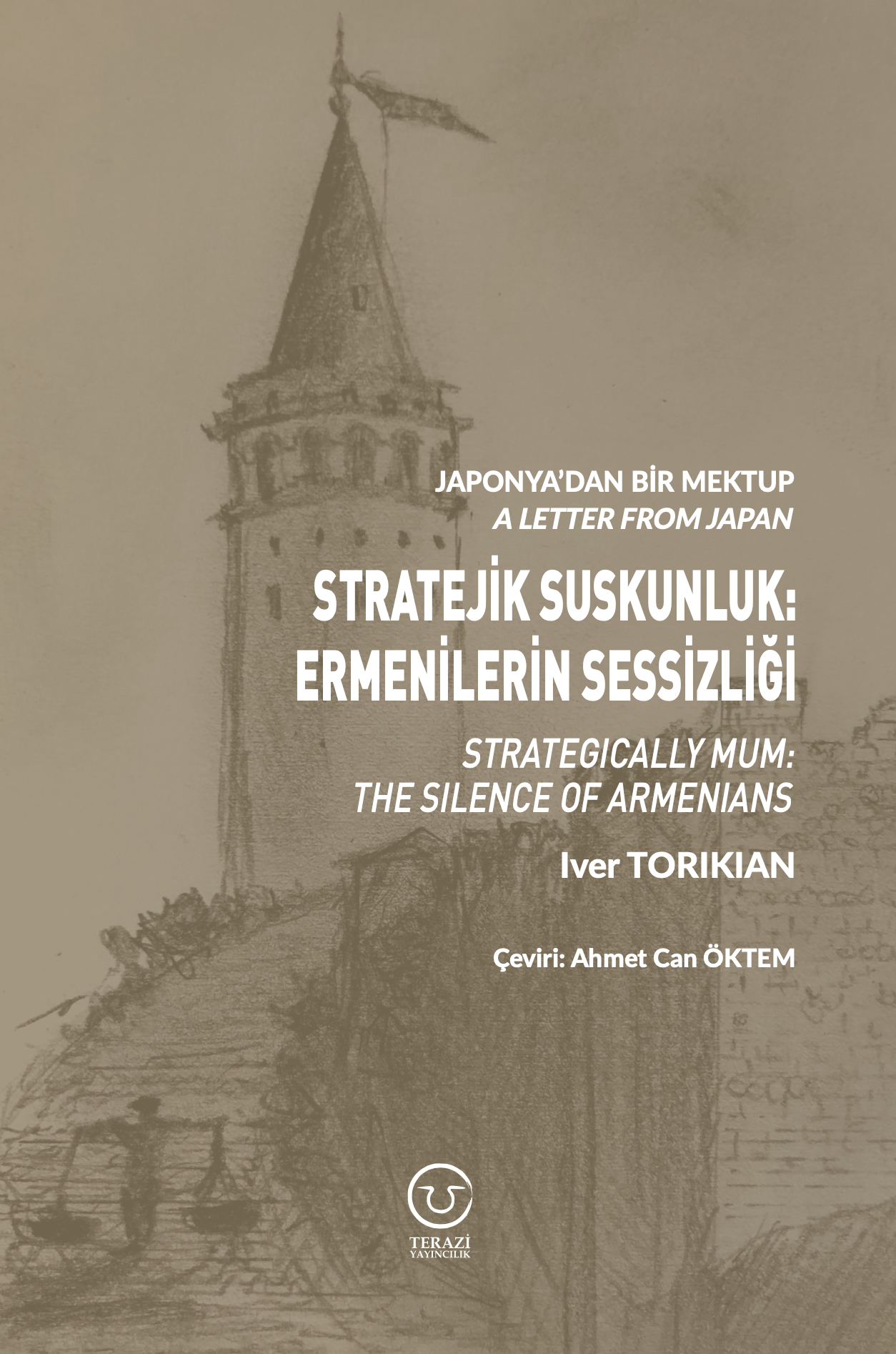
A Letter From Japan - Strategically Mum: The Silence of the Armenians -
01.01.2022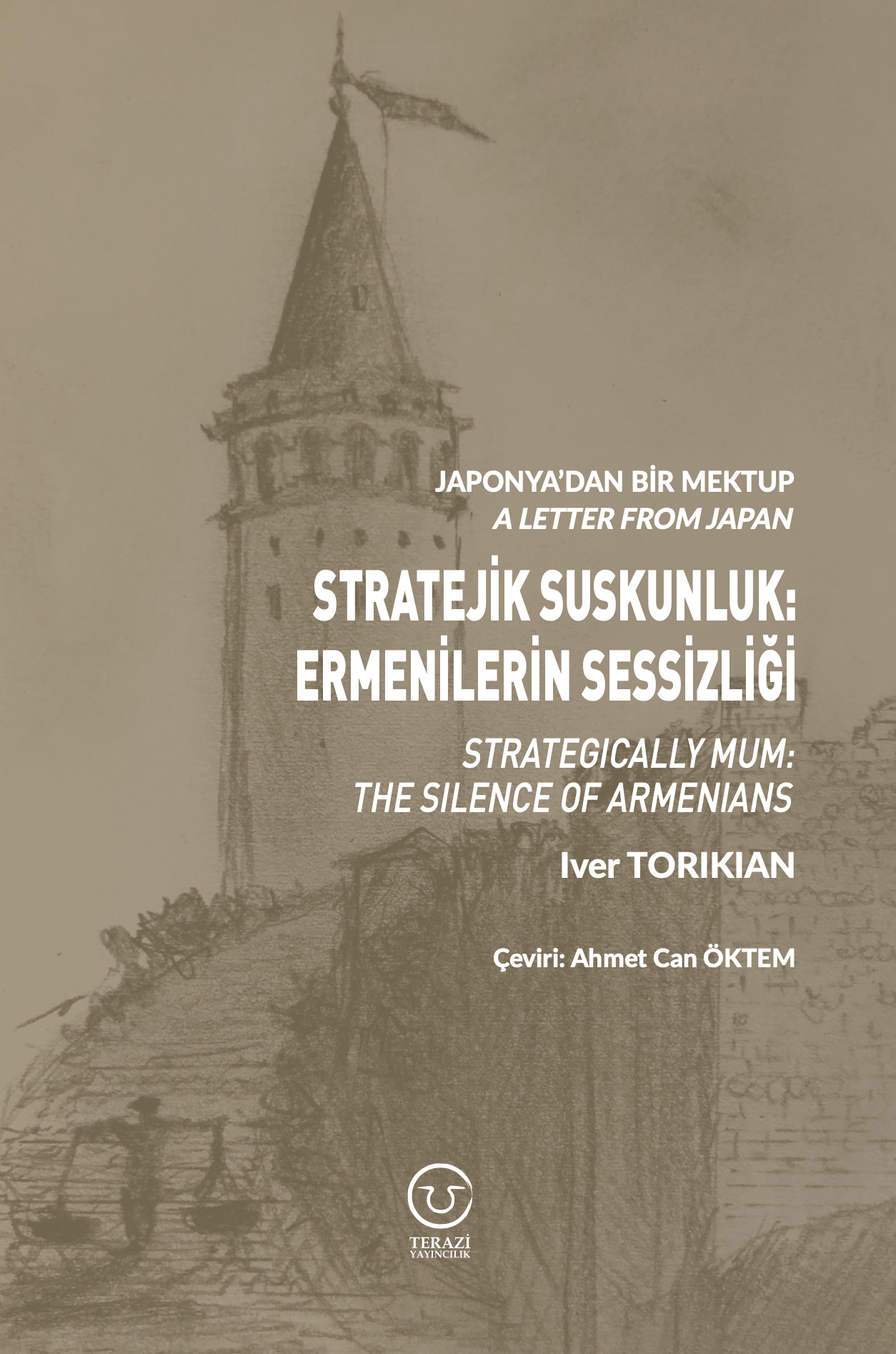
Japonya'dan Bir Mektup - Stratejik Suskunluk: Ermenilerin Sessizliği -
03.06.2020
Anastas Mikoyan: Confessions of an Armenian Bolshevik -
08.04.2020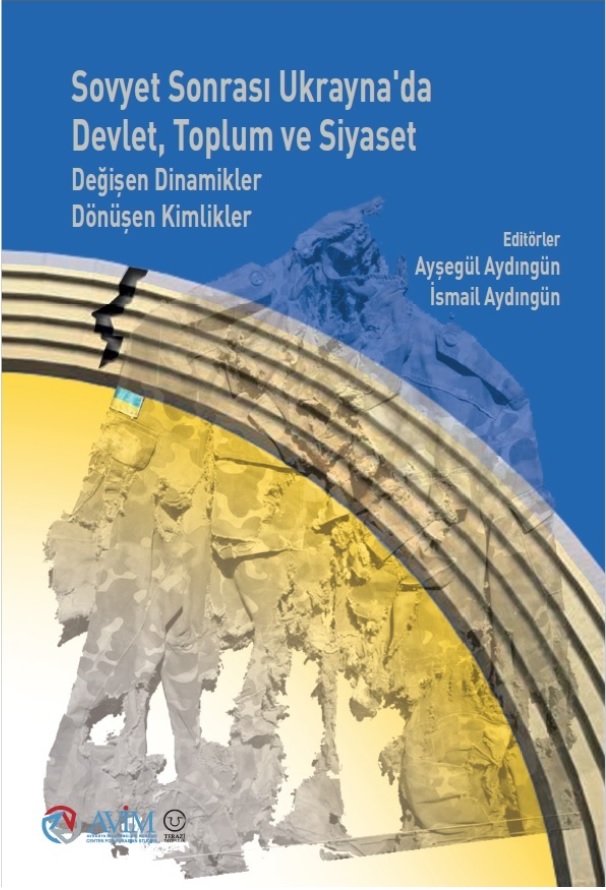
Sovyet Sonrası Ukrayna’da Devlet, Toplum ve Siyaset - Değişen Dinamikler, Dönüşen Kimlikler -
12.06.2018
Ermeni Sorunuyla İlgili İngiliz Belgeleri (1912-1923) - British Documents on Armenian Question (1912-1923) -
02.12.2016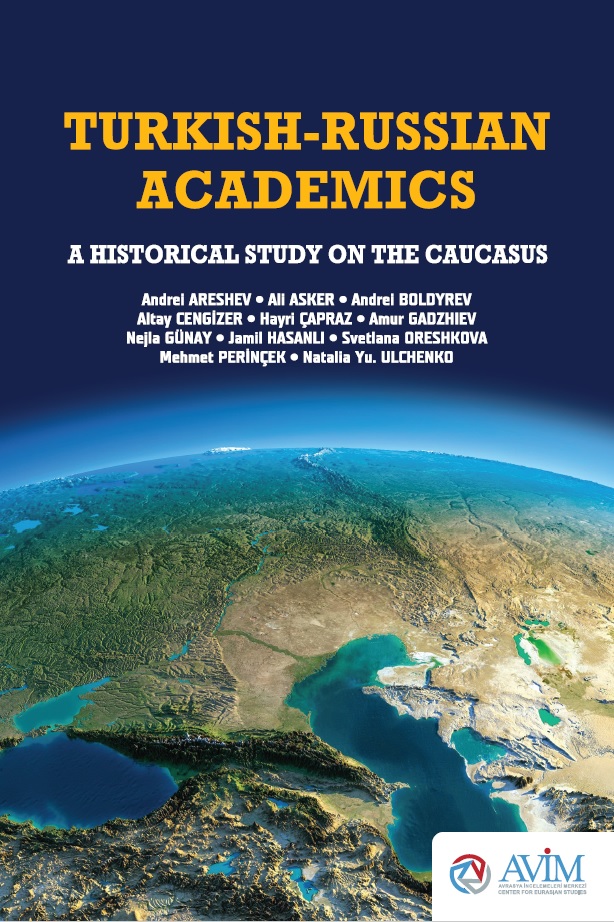
Turkish-Russian Academics: A Historical Study on the Caucasus -
01.07.2016
Gürcistan'daki Müslüman Topluluklar: Azınlık Hakları, Kimlik, Siyaset -
10.03.2016
Armenian Diaspora: Diaspora, State and the Imagination of the Republic of Armenia -
24.01.2016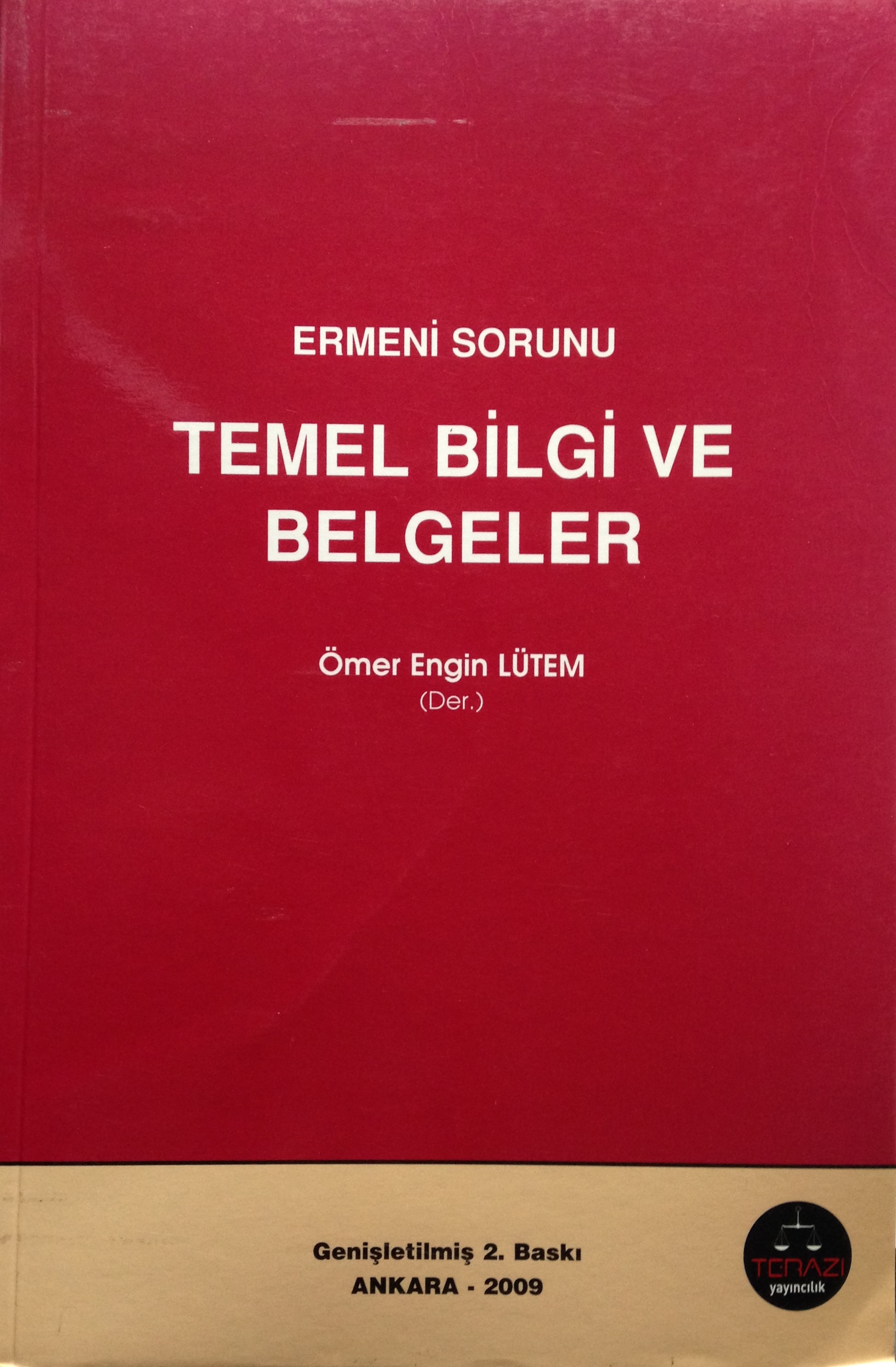
ERMENİ SORUNU - TEMEL BİLGİ VE BELGELER (2. BASKI)
-
AVİM Conference Hall 24.01.2023
CONFERENCE TITLED “HUNGARY’S PERSPECTIVES ON THE TURKIC WORLD"

